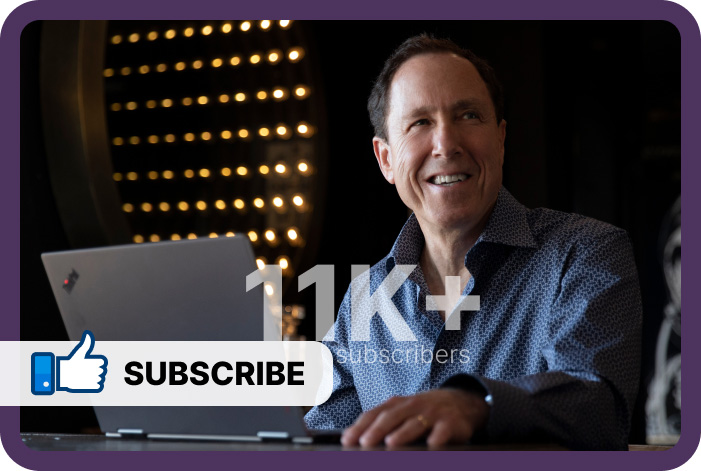Sales, my friend, is the lifeblood of any business. It’s what keeps the wheels turning, the cash flowing, and the doors wide open. But let’s be honest – selling ain’t a walk in the park. It takes know-how, skills, and tons of confidence. Sure, there are those gifted with a natural sales knack, but for the rest of us, training is the key to becoming a true sales powerhouse. And guess what? That’s where my Powerful Sales Presentations program comes in! Today, I want to share this program with you and show you how it can turbocharge your sales game like never before.
Alright, let me introduce myself – I’m Blair Singer, a seasoned sales expert, coach, and speaker. I’ve had the pleasure of training sales teams and professionals all over the globe. I’ve penned down a best-selling book on the subject, “SalesDogs”. Now, my Powerful Sales Presentations program is designed to do one thing – turn you into an absolute maestro when it comes to sales presentations. We’re talking about mastering the art of planning, structuring, and delivering sales presentations that’ll knock your clients’ socks off.
Planning is the name of the game. You can’t just wing it and hope for the best. A killer sales presentation starts with planning. In my program, we’ll cover the questions to ask to learn about your clients inside-out, understanding their needs, their pains, and their desires. Armed with this knowledge, you’ll be able to organize your information in a way that creates a jaw-dropping presentation that speaks right to your client’s heart.
Next up is structuring – the backbone of a successful sales presentation. Trust me, a haphazard spiel ain’t gonna cut it. You need a clear, powerful structure that grabs your client’s attention from the get-go. In my program, I’ll teach you how to craft a compelling opening statement that leaves your clients begging for more. You’ll learn the art of seamless transitions, the magic of storytelling, and the secrets to connecting with your clients on an emotional level. And we’ll cover how to handle objections with finesse, back up your claims with numbers, and create an offer that’s utterly irresistible.
Last but not least, we’ll tackle the delivery. After all, it’s not just what you say; it’s how you say it that matters. I’ll show you how to exude confidence, use body language like a pro, and keep your audience hanging onto your every word. You’ll become a chameleon, adapting to different personalities and communication styles effortlessly. And, of course, I’ll teach you how to close the sale with unshakable assurance.
Mastering the art of sales presentations is the secret sauce to taking your sales game from good to downright legendary. And with my Powerful Sales Presentations program in your arsenal, you’ll have all the skills, knowledge, and confidence to dazzle your clients, address their concerns, and seal the deal. Whether you’re a seasoned pro or just starting out, this program will elevate you to sales champion.
So, what are you waiting for? Invest in yourself, join the program, and let’s unleash your sales potential like never before. Let’s do this!

